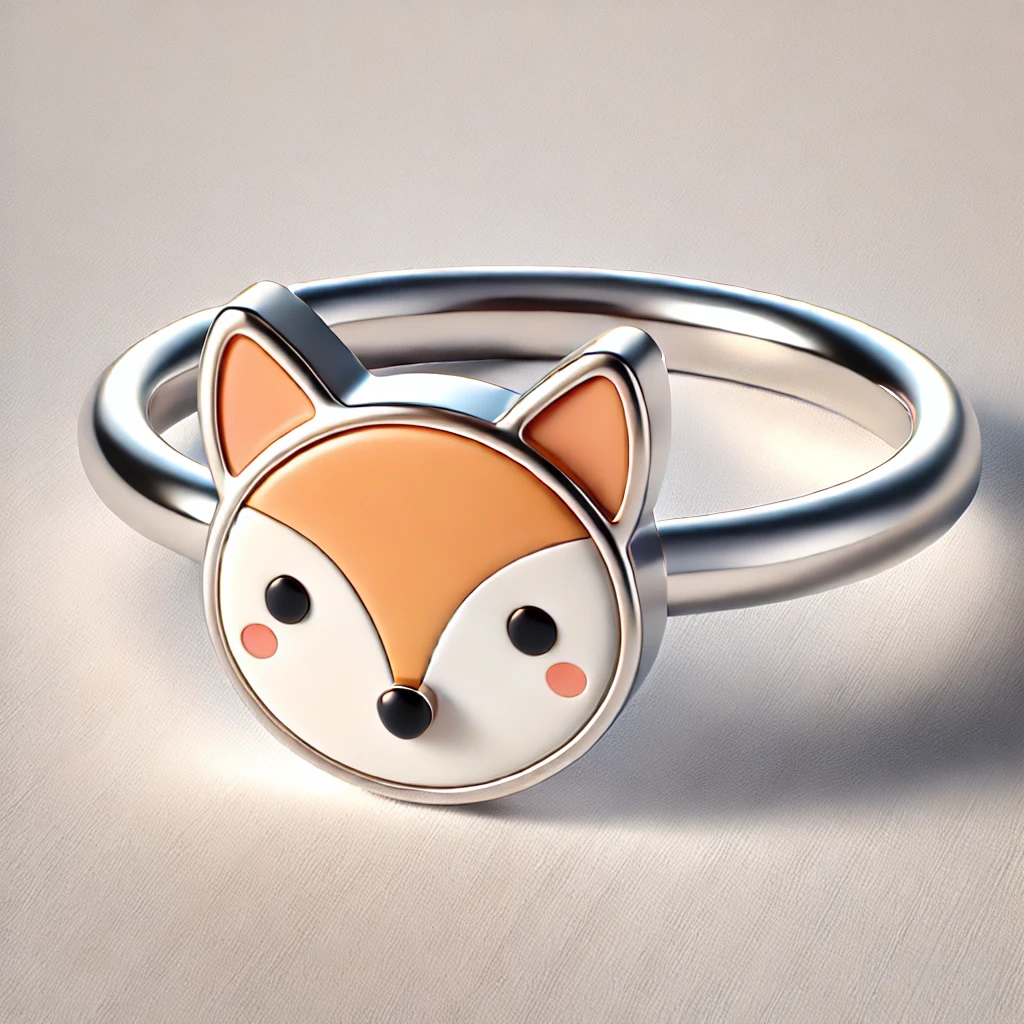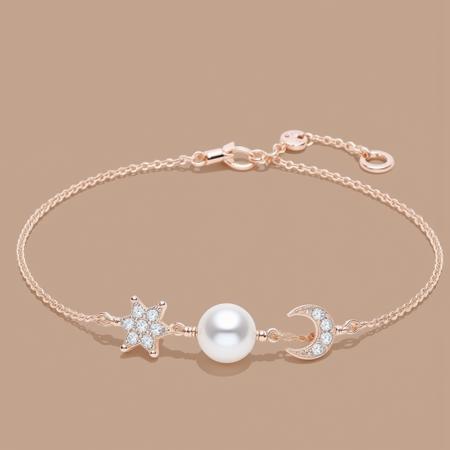Stainless steel jewelry has become a popular choice for many due to its elegant appearance, exceptional durability, and impressive corrosion resistance. Unlike other metals, stainless steel jewelry maintains its shine even in humid or acidic environments. But what exactly makes stainless steel jewelry so corrosion-resistant? In this article, we’ll break down the key elements that make stainless steel jewelry a top pick for both style and long-lasting wear, focusing on material composition, chemical mechanisms, and how to care for it.
1. Stainless Steel Composition and Corrosion Resistance
Stainless steel is an alloy made from iron and chromium, among other elements. Chromium is the critical component that ensures stainless steel’s resistance to corrosion. When the chromium content exceeds 10.5%, it spontaneously forms a dense chromium oxide (Cr₂O₃) layer on the surface of the steel. This thin film effectively blocks oxygen and moisture from further reacting with the metal, preserving its stability and shine.
2. The Role of the Passivation Layer
The passivation layer is the natural chromium oxide protective film that forms on stainless steel’s surface. Despite its extreme thinness (only a few nanometers thick), this layer has remarkable chemical stability, effectively resisting external corrosion factors. What’s even more impressive is that this layer has self-healing properties—if the surface experiences minor damage, the presence of oxygen allows the passivation layer to repair itself, maintaining both the corrosion resistance and aesthetic appeal of the stainless steel.
3. The Advantages of Stainless Steel’s Corrosion Resistance
Compared to other metals, stainless steel offers significant advantages in corrosion resistance:
Strong Rust Prevention: The chromium oxide layer blocks moisture and oxygen, preventing rust formation.
Chemical Resistance: Even in acidic or alkaline environments, the chromium in stainless steel ensures the material remains stable.
Self-Healing Properties: Minor surface damage doesn’t compromise stainless steel’s corrosion resistance; the passivation layer repairs itself.
4. How to Extend the Life of Stainless Steel Jewelry
While stainless steel inherently boasts excellent corrosion resistance, proper care can help extend its lifespan even further. Here are a few maintenance tips:
Avoid Chemical Contact: Try to keep jewelry away from chlorinated cleaning agents or disinfectants.
Regular Cleaning: Gently wash the jewelry with warm water and mild soap, then dry it with a soft cloth.
Keep It Dry: Ensure the jewelry is dry before storing it, and avoid long-term exposure to moisture.
5. The Advantage of Nickel in Compliance with Environmental Standards
Our stainless steel jewelry contains nickel in compliance with environmental standards. This means that the nickel content is strictly controlled within safe limits, ensuring no adverse effects on your skin when wearing the jewelry. Whether for daily wear or special occasions, our pieces provide a comfortable and worry-free wearing experience. Additionally, the inclusion of nickel strengthens stainless steel, enhancing its durability, shine and preventing fading.
6. Conclusion
The corrosion resistance of stainless steel jewelry is primarily due to the chromium-formed passivation layer, which prevents oxidation and corrosion of the metal. By choosing stainless steel jewelry with nickel that complies with environmental standards, you not only ensure safety while wearing it but also benefit from long-lasting stability and shine.
If you’re looking for eco-friendly, safe, and stylish jewelry, feel free to [contact us] for more custom options to create your own unique piece.






